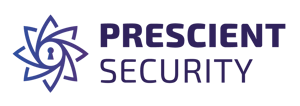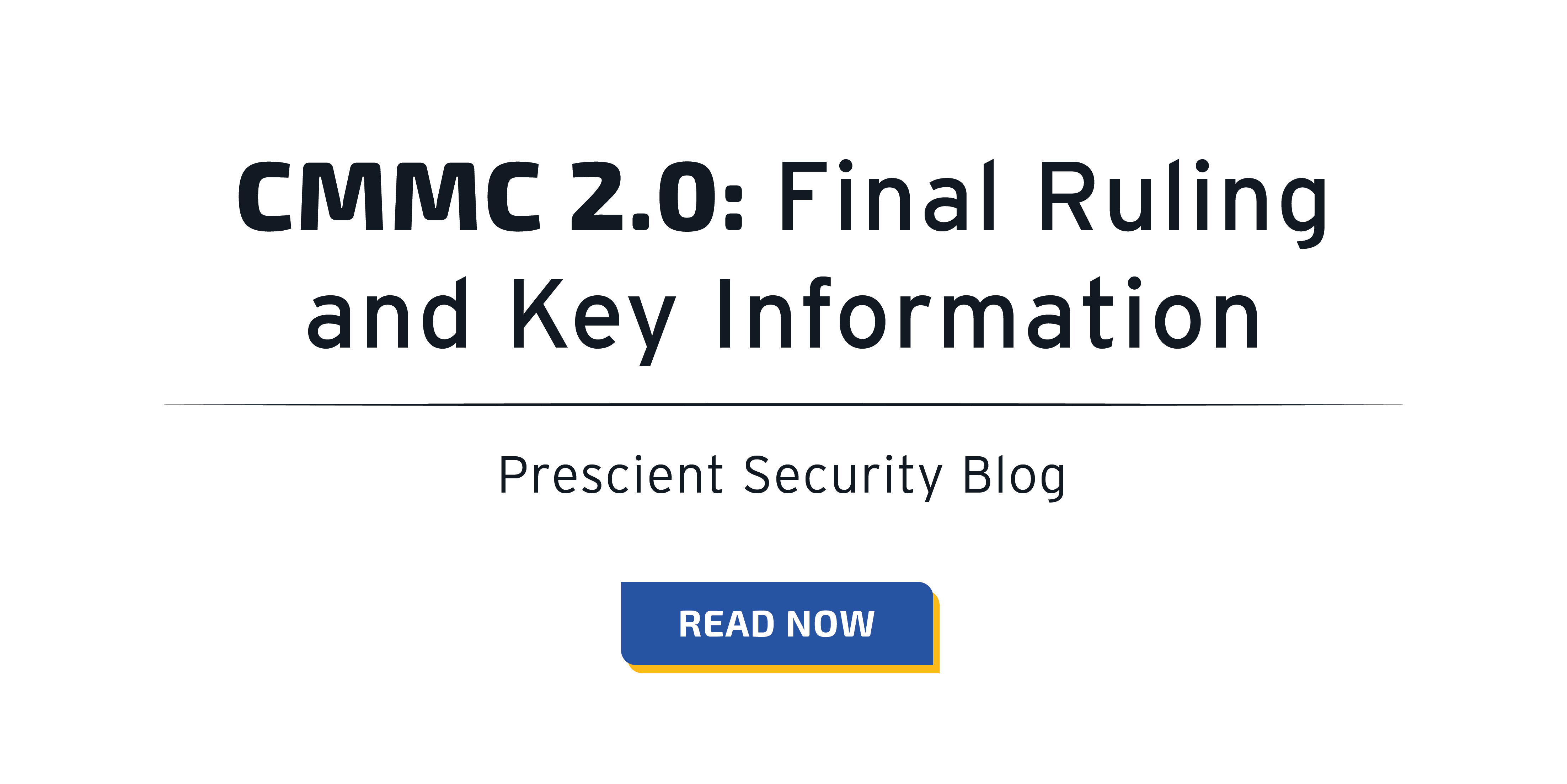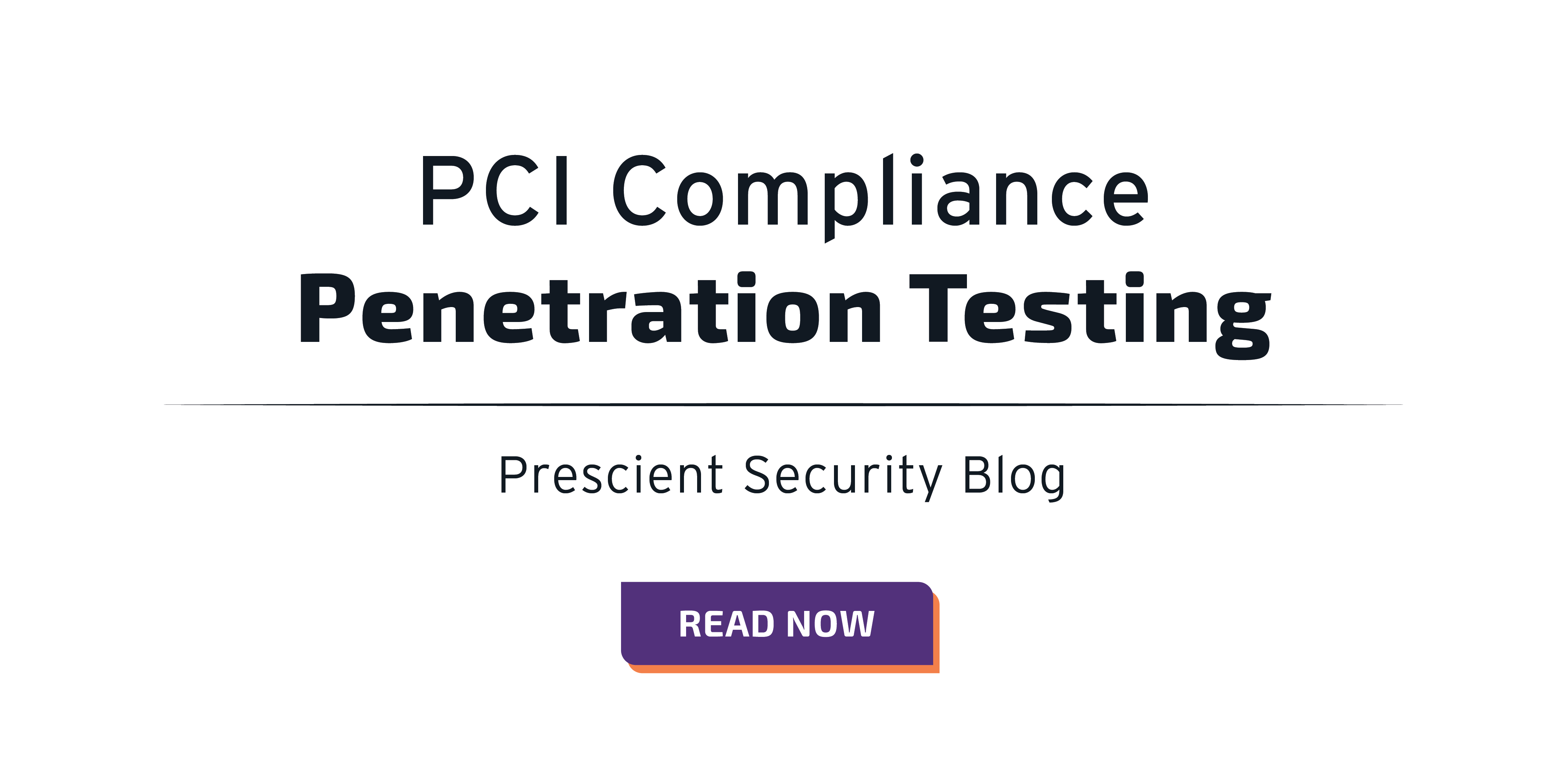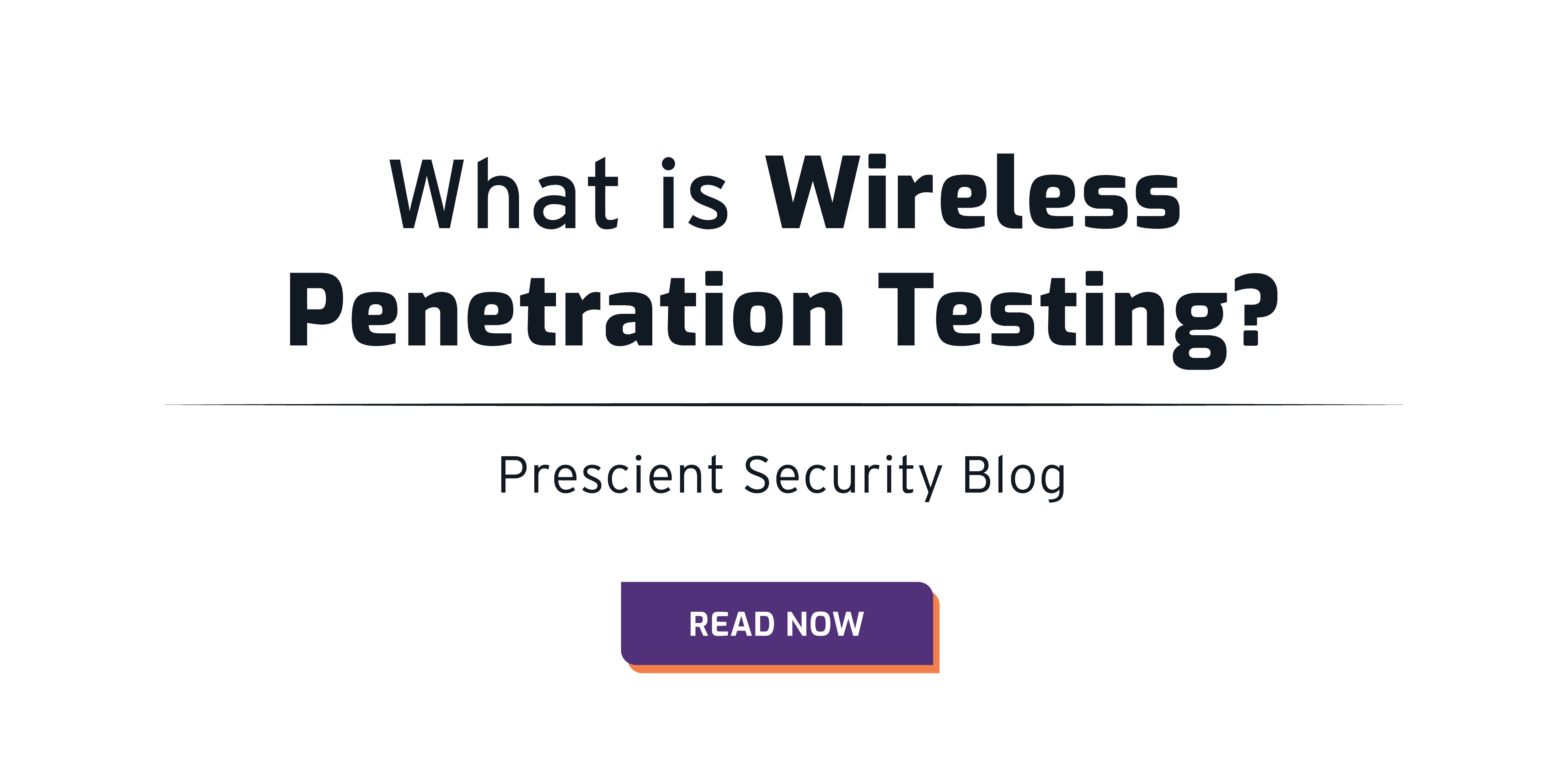HITRUST Certification: What is it?
 Gabriela Silk
·
6 minute read
Gabriela Silk
·
6 minute read
A globally recognized certification of an organization’s compliance with the HITRUST Common Security Framework, HITRUST certification validates an organization’s adherence to the rigorous security and privacy requirements outlined in the CSF, which integrates various regulatory and industry standards like HIPAA, GDPR, and PCI DSS into a single, unified framework. Backed by the HITRUST Alliance, HITRUST certification provides a comprehensive, certifiable framework that goes beyond single regulations to create a unified approach to cybersecurity, risk management, and assurance.
This article explores HITRUST Certification in depth: what it is, why it matters, how it differs from HIPAA, the types of assessments available, the process of achieving certification, and how HITRUST intersects with other frameworks like SOC 2, ISO 27001, and FedRAMP.
Contents
- What is HITRUST and the HITRUST CSF?
- HITRUST vs HIPAA
- Who is Required to Comply With HITRUST CSF?
- Benefits of HITRUST
- If I'm HITRUST Certified, Does That Mean I'm HIPAA Compliant?
- Types of HITRUST Assessments
- What is the HITRUST Assessment Process?
- What are the HITRUST Policies and Procedures?
- Can HITRUST Certification Satisfy Other Requirements?
- Prescient Security Helps You Achieve HITRUST Certification With Confidence
What is HITRUST and the HITRUST CSF?
HITRUST, short for the Health Information Trust Alliance, was founded in 2007 to help organizations address healthcare’s most complex compliance and information protection challenges. At its core is the HITRUST Common Security Framework (CSF), a certifiable, risk-based security and privacy framework that integrates and harmonizes requirements from multiple sources, such as: HIPAA, NIST 800-53, ISO 27001/27002, PCI DSS, COBIT, and GDPR.
The HITRUST CSF is dynamic, continuously updated to reflect regulatory changes, threat intelligence, and industry best practices. Organizations that adopt it gain a single, authoritative framework to manage compliance obligations across multiple jurisdictions and standards.
Unlike check-the-box compliance models, HITRUST CSF is risk-based and prescriptive, providing clear implementation guidance and scoring criteria. This makes it valuable for enterprises operating in highly regulated or data-sensitive industries.
HITRUST vs HIPAA
One common misconception is that HITRUST and HIPAA are interchangeable. However, that is not the case. HIPAA (Health Insurance Portability and Accountability Act) is a U.S. federal law that establishes requirements for safeguarding protected health information (PHI). HIPAA mandates compliance but does not prescribe exactly how organizations should meet its security and privacy standards.
On the other hand, HITRUST CSF is a certifiable framework that incorporates HIPAA’s requirements along with dozens of other authoritative sources. HITRUST provides prescriptive controls, testing methodologies, and a certification process, whereas HIPAA does not.
In other words, HIPAA sets the legal baseline. HITRUST provides the roadmap, controls, and certification mechanism to demonstrate compliance with HIPAA and other frameworks simultaneously.
Who is Required to Comply With HITRUST CSF?
While HITRUST Certification is not legally mandated, it has become a de facto requirement in industries handling sensitive data, often required by partners and clients, particularly healthcare and financial services. Stakeholders who often require or strongly encourage HITRUST certification include:
- Healthcare providers and payers to demonstrate HIPAA compliance and safeguard PHI.
- Business associates and vendors to maintain contracts with healthcare entities.
- Financial institutions and fintechs to strengthen third-party risk management.
- Cloud service providers and technology vendors to validate data protection practices.
For many organizations, HITRUST certification is a competitive differentiator and often a contractual necessity when engaging with large enterprises or highly regulated clients.
Benefits of HITRUST
HITRUST Certification offers significant strategic and operational benefits, including:
- Comprehensive Compliance Alignment: HITRUST consolidates requirements from HIPAA, NIST, ISO, PCI, and other frameworks into one framework. This integration allows organizations to manage overlapping regulatory obligations more effectively and demonstrate compliance across multiple standards at once.
- Risk Reduction: The framework provides prescriptive controls and scoring mechanisms to address threats systematically. By aligning security measures with organizational risk factors, HITRUST helps minimize exposure and strengthen resilience against evolving cyberattacks.
- Third-Party Assurance: Certification establishes credibility with partners, customers, and regulators. This assurance is particularly valuable in vendor risk management programs, where certification can be the deciding factor in contract awards.
- Operational Efficiency: HITRUST reduces audit fatigue by mapping multiple frameworks into a single assessment. Organizations gain efficiency by investing resources once and leveraging the results across multiple regulatory and client requirements.
- Continuous Improvement: Interim reviews and regular CSF updates ensure that organizations are not just compliant at a point in time but are advancing their security posture year over year. This ongoing evolution helps enterprises stay aligned with emerging regulations and new threat landscapes.
- Market Differentiation: Achieving HITRUST Certification demonstrates commitment to security and compliance, enhancing competitive positioning. In competitive markets, this distinction often translates into increased trust, faster deal cycles, and stronger customer relationships.
If I'm HITRUST Certified, Does That Mean I'm HIPAA Compliant?
HITRUST certification demonstrates alignment with HIPAA requirements, but OCR (the HIPAA enforcer) does not formally recognize HITRUST as proof of compliance.
So in short, HITRUST certification demonstrates that you’ve implemented controls to meet HIPAA’s requirements, but ultimate HIPAA compliance is determined by regulators, not HITRUST, and organizations should not use HITRUST as a certification of HIPAA.
Additionally, compliance is not a one-time event. Organizations must continue to maintain, monitor, and update their security practices in line with both HITRUST and HIPAA expectations. Certification is evidence of compliance at a point in time, but ongoing vigilance remains essential.
Types of HITRUST Assessments
HITRUST offers three primary assessment types tailored to organizational needs and maturity levels: HITRUST CSF e1 Assessment; HITRUST CSF Implemented, 1-Year (i1) Assessment; and HITRUST CSF Risk-Based, 2-Year (r2) Assessment.
This tiered approach allows organizations to align their assessment strategy with their risk tolerance, client requirements, and maturity level.
1. HITRUST CSF e1 Assessment
The e1 assessment is an entry-level evaluation focused on essential cybersecurity hygiene, covering the fundamental safeguards every organization should have in place. It is designed for smaller organizations or those beginning their HITRUST journey, providing a streamlined pathway to build foundational security practices before pursuing more advanced certifications.
2. HITRUST CSF Implemented, 1-Year (i1) Assessment
The i1 assessment evaluates the implementation of foundational security practices across the organization. It is intended for organizations that want to demonstrate strong cybersecurity practices with a higher level of assurance than the e1 assessment. To support long-term efficiency, the i1 also includes a streamlined recertification option in its second year, reducing the burden of reassessment.
3. HITRUST CSF Risk-Based,2-Year (r2) Assessment
The r2 assessment is the most rigorous and comprehensive option offered by HITRUST. It is tailored to an organization’s specific risk factors, regulatory requirements, and industry needs. Certification under the r2 model is valid for two years, with interim testing required at the one-year mark to confirm ongoing effectiveness.
What is the HITRUST Assessment Process?
The HITRUST Certification journey is structured and rigorous, typically involving the steps outlined below. This lifecycle ensures not only initial compliance but also ongoing accountability and risk management.
Step 1: Define Scope
Organizations must determine which business units, systems, and data flows will be included in the assessment. A well-defined scope ensures the certification effort is focused, efficient, and aligned with both regulatory obligations and business priorities.
Step 2: Obtain Access to the MyCSF Portal
The organization requests access to the MyCSF portal through HITRUST. This platform is HITRUST’s official tool for managing assessments, scoring, and reporting. It also provides real-time visibility into control maturity and facilitates collaboration between internal teams and external assessors.
Step 3: Complete a Readiness Assessment/Gap Assessment
A self-assessment or consultant-led review identifies compliance gaps and areas requiring remediation before validation. This stage reduces the likelihood of costly delays by highlighting weaknesses early and allowing organizations to address them proactively.
Step 4: Validated Assessment Testing
A HITRUST-approved assessor firm, such as Prescient Security, conducts rigorous testing, evaluating implementation, maturity, and evidence of controls. The assessor’s findings are submitted to HITRUST for independent quality assurance, ensuring objectivity and consistency across certifications.
Step 5: Interim Assessment Testing
For r2 certifications, an interim review is required at the one-year mark to ensure continued compliance. This checkpoint helps verify that controls remain effective over time and that the organization has adapted to any new risks or regulatory changes.
What are the HITRUST Policies and Procedures?
HITRUST Certification requires organizations to document and enforce formal policies and procedures that align with the framework’s requirements. To achieve certification, especially at the r2 level, they must address all 19 HITRUST control domains. Together, these domains provide a comprehensive structure for protecting sensitive data, managing risk, and ensuring compliance across complex environments.
The 19 HITRUST Control Domains are:
- Information Protection Program
- Endpoint Protection
- Portable Media Security
- Mobile Device Security
- Wireless Security
- Configuration Management
- Vulnerability Management
- Network Protection
- Transmission Protection
- Password Management
- Access Control
- Audit Logging and Monitoring
- Education, Training, and Awareness
- Third-Party Assurance
- Incident Management
- Business Continuity and Disaster Recovery
- Risk Management
- Physical and Environmental Security
- Data Protection and Privacy
Can HITRUST Certification Satisfy Other Requirements?
One of HITRUST’s most powerful features is its ability to map across multiple frameworks, reducing duplicative audits.
- HITRUST and SOC 2: HITRUST CSF can be mapped to AICPA’s Trust Services Criteria, streamlining SOC 2 audits. By aligning evidence collection and testing across both frameworks, organizations reduce audit fatigue while increasing assurance for customers and stakeholders.
- HITRUST and ISO 27001 / NIST 800-53: Many controls overlap; HITRUST’s mappings allow organizations to demonstrate compliance simultaneously. This cross-recognition enables enterprises to adopt a single control set that satisfies multiple international and federal standards without duplicating effort.
- HITRUST and FedRAMP: Cloud providers seeking federal authorization can leverage HITRUST controls as part of their FedRAMP journey. HITRUST’s structured, risk-based approach provides a practical foundation for meeting FedRAMP’s stringent security assessment and continuous monitoring requirements. It should be noted however, that HITRUST may accelerate or support FedRAMP efforts but does not equal FedRAMP approval.
Prescient Security Helps You Achieve HITRUST Certification With Confidence
HITRUST Certification is a strategic investment in security, compliance, and trust. For organizations handling sensitive data, it demonstrates maturity, reduces risk, and strengthens relationships with customers and regulators alike.
At Prescient Security, we help organizations navigate the HITRUST journey from readiness to certification. As an authorized HITRUST assessor, our team provides expert guidance, hands-on support, and strategic insight to streamline the process and ensure lasting compliance success.
Ready to pursue HITRUST Certification? Prescient Security can help you define scope, conduct gap assessments, and achieve certification with confidence.
Click here to talk with one of our experts and leverage HITRUST for your organization's compliance and security goals.



